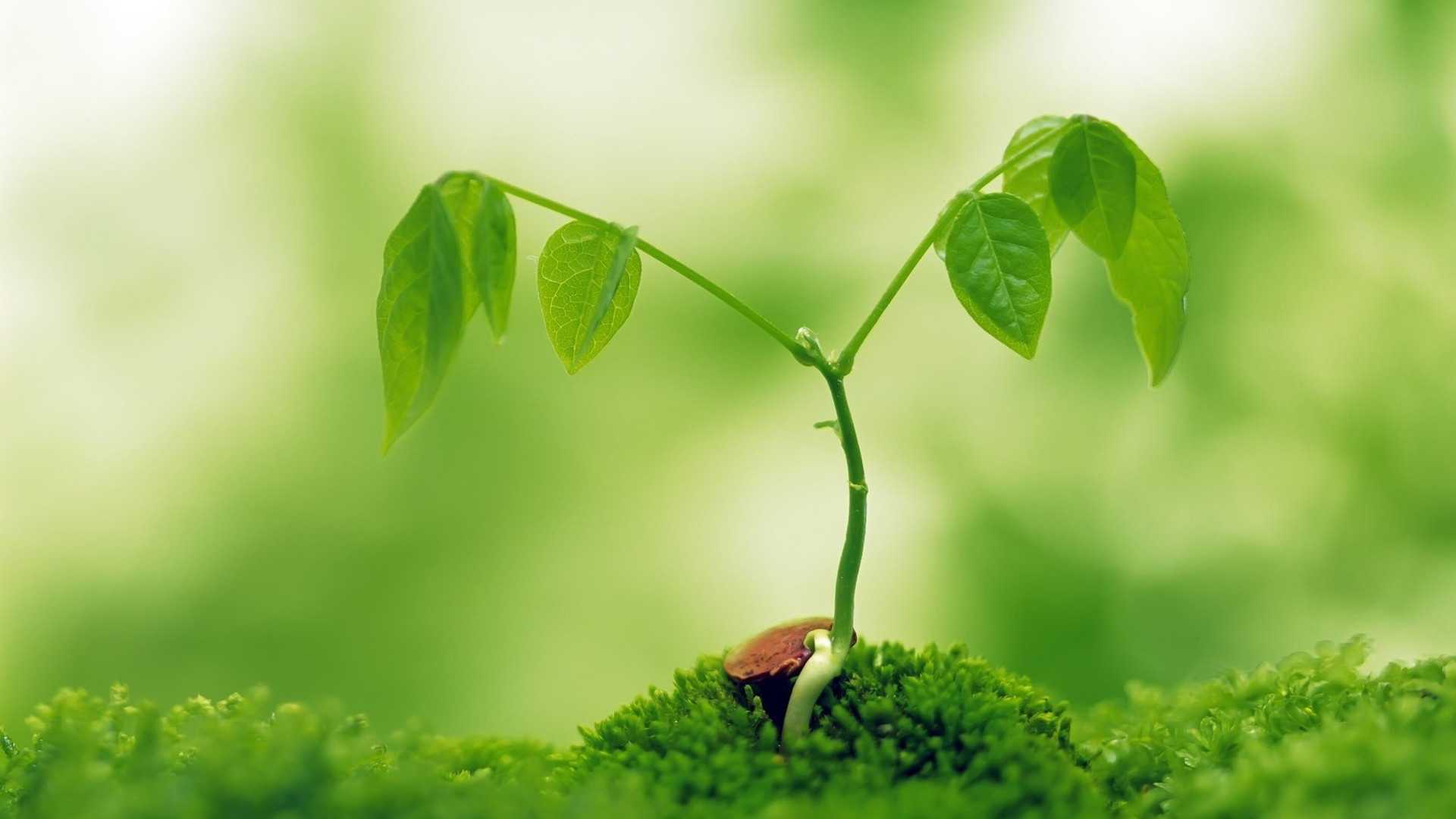
The science of Ayurveda says that the Agni, inner strength, digestive fire, and Bala tend to fluctuate throughout the year. Studies state that it would take a whole of 14 days to get adjusted to a season. The division of days lies 14 for the outgoing and the same for the upcoming season. As per Ayurveda, it is termed to be seasonal conjoint or Ritu Sandhi for these outgoing and incoming 14 days. To cope with the changes that are caused by the varying seasons, Ayurveda describes a specific diet and daily regimen together with Ayurvedic massage Karama. If you have to get into the track it is important to strictly adhere to the numerous rites of the people in the society under the prescribed protocols. The so-called 14-day period is very crucial, as ritu during the transition phase can make you more exposed to diseases due to the weakened immune system.
To adjust to the seasonal changes it is essential to follow a regimen or discipline of each season. The Ritucharya concept needs to be focused as the basic and ancient Ayurvedic practice. The practice of Rituacharya takes place in the environment that surrounds him and teaches one to acclimatize his lifestyle to the physiological changes experienced in the seasonal transitions. Air and space are Vata’s constitution, fire and water for pitta, and water and earth for kapha. To adapt to our body’s changing weather conditions, the system takes up the charge to pacify or ignite the energy from within and take the right measures to deal with the imbalance.
Different Seasons and Ayurvedic Regimens
Shishira (winter)
During this season, in the cold environment, Kapha dosha occurs to be in a higher state. The diet preferred is sour tasting with corn, milk products, rice, sugarcane, wheat/gram flour products, garlic, pulses, ginger, cereals, etc. Lifestyle practices involving wearing warm clothes, oil massages and bathing in lukewarm water is advised, avoiding exposure to cold wind, sleeping late, and excessive walking.
Vasanta (spring)
This season is of originating new leaves and holds a predominance of Kashaya Prithvi and Vayu, respectively. Vitiation of kapha keeps you in the minimum strength. A diet regimen is like a lot of easily digestible foods like cereals, pulses, lentils, honey, easily digestible meats, etc. It is not advisory to have sweet, sour, heavy, and cold foods. The lifestyle practices to adopt in the spring season include using warm water for bathing purposes, evacuative measures, and exercises.
Grishma (summer)
Intense heat and unhealthy wind is the general environmental condition in summer. Everything in summer remains to be lifeless with the predominance of pungent, Agni and Vayu. Agni in the mild state makes the person less strong with the deposition of Vata Dosha. The diet regimen is to follow something light to digest like sweet, cold, liquid, rice, lentil, etc. Avoid food with a pungent and sour taste. Ayurvedic treatment in Dubai opt to stay in cool places and make a practice of applying aromatic pastes and wearing light dresses.
Varsha (monsoon)
The season covered the sky and the rains. Every water source filled with water holds the predominance of sour, Prithvi, and Agni, respectively. Vitiation of vata, pitta, and Agni make the person weak. Follow the diet chart encompassed with sour and salty taste among cereals, old barley, rice, wheat, etc. Drink medicated and boiled water on a regular basis. Avoid heavy and hard food practices. A bath in boiled water and oil application after the same is readily advised as the lifestyle method to follow. To expel the vitiated doshas enema or medicated basti is prescribed as an evacuative measure. Keep yourself away from staying on the river bank, getting wet in the rain, wind, day sleep, sexual indulgence, exercise, and hard work.
Sharat (autumn)
In the clear sky, white clouds and wet mud in the earth take the predominance of Apa and Agni. With the medium strength vitiation of Pitta Dosha occurs with an increased activity of Agni. Advised food categories are sweet, bitter, and light to digest. Pitta pacifying food categories are evident in this season like wheat, meat, green gram, honey, and sugar. Make sure you make a safe difference from astringent, hot, sweet, bitter foods such as fat, curds, oils, meat of aquatic animals, etc. In this season, it is recommended to apply the pastes on the body such as flower garlands, and chandana to keep conducive to health. This season is the best time to do medical procedures like Virechana and Rakta-Mokshana. Avoid day sleep, excessive exposure to sunlight, and excessive eating as all these tend to make your body temperature higher than expected making it difficult for you to handle.
Hemanta (late autumn)
Hemanta or the ritu season is said to feel a chill due to the blow of cold winds. Prithvi and Apa on the predominant, the season renders the highest grade strength to the body which is vitiated pitta dosha. Use sweet, sour, and salty foods, and especially consider cereals, green gram, flour, pulses, and new rice. Also include various types of meat, seafood, fats, fermented products, milk and milk products, and sugarcane products in the diet. Intake of light, dry, and colds are to be restrained. The best Ayurvedic center recommends you reside in a warm place together with the exercises and use of warm water as the top priority for the season.




